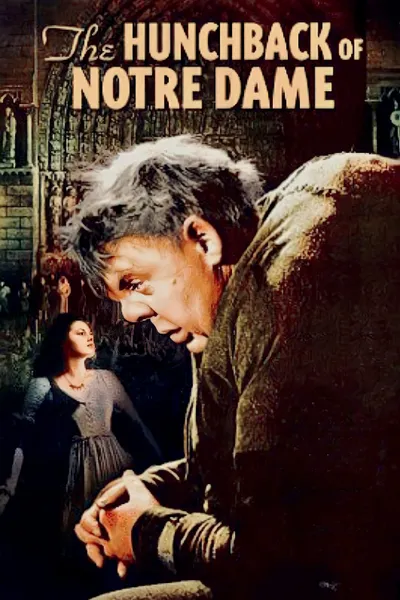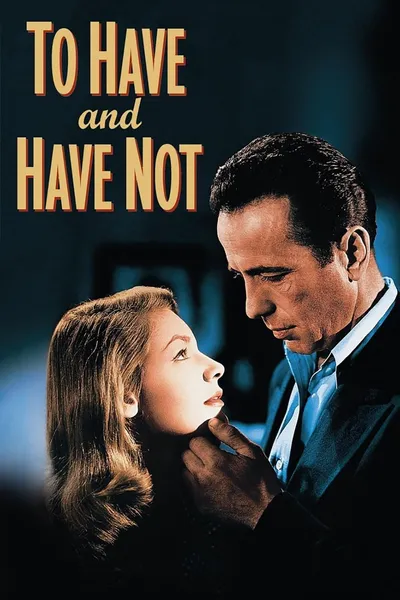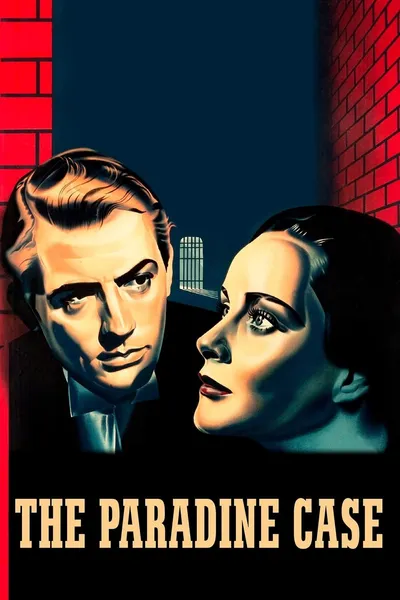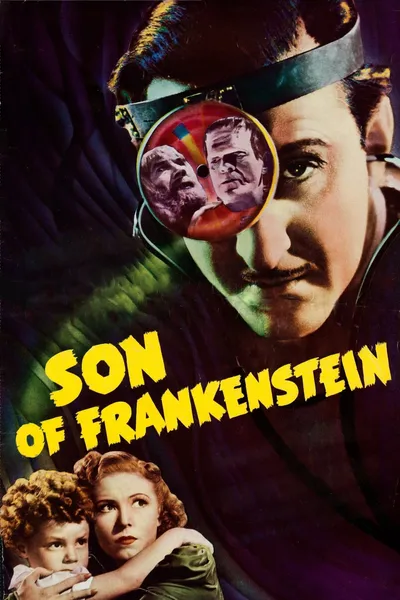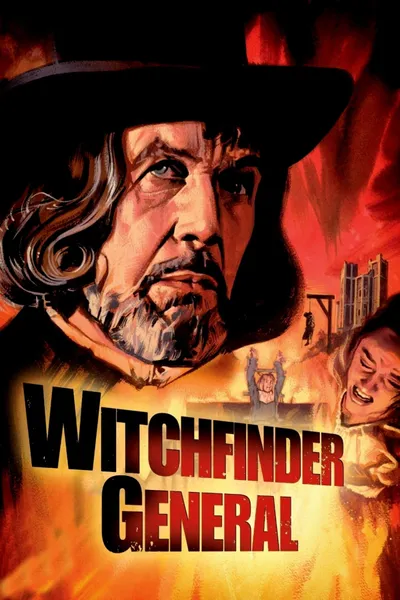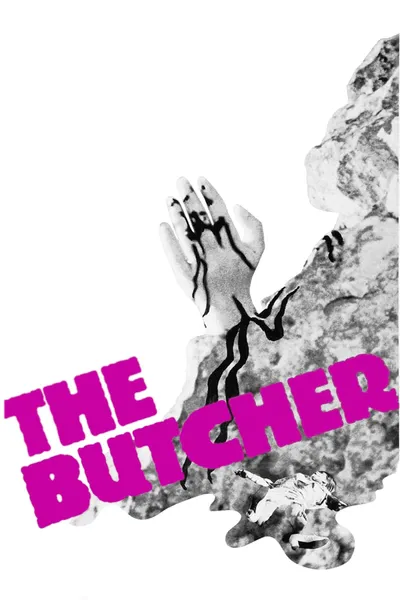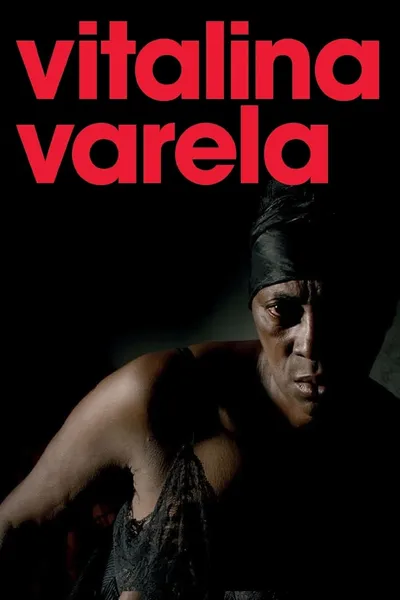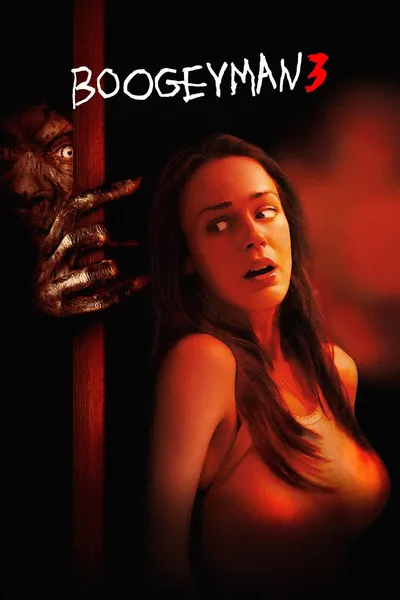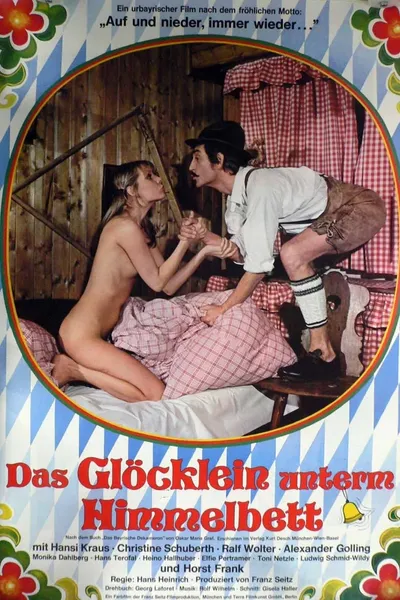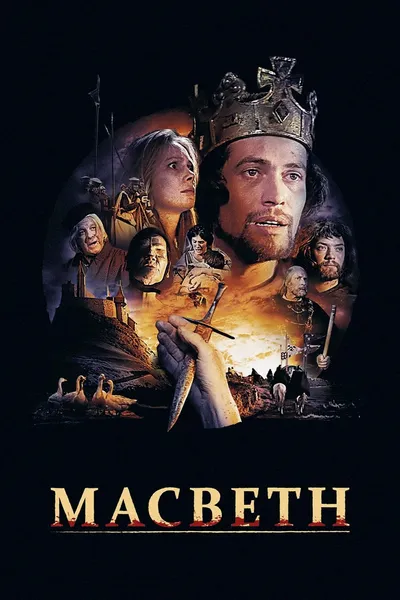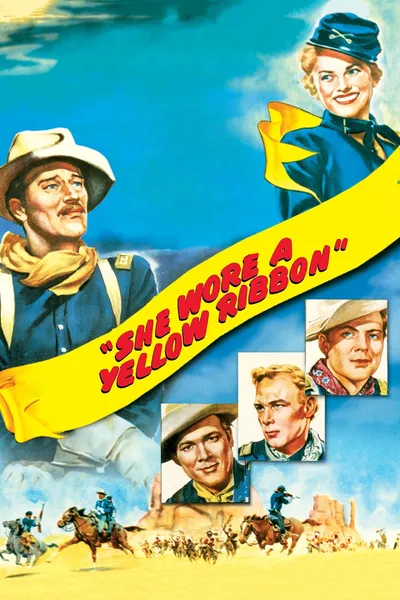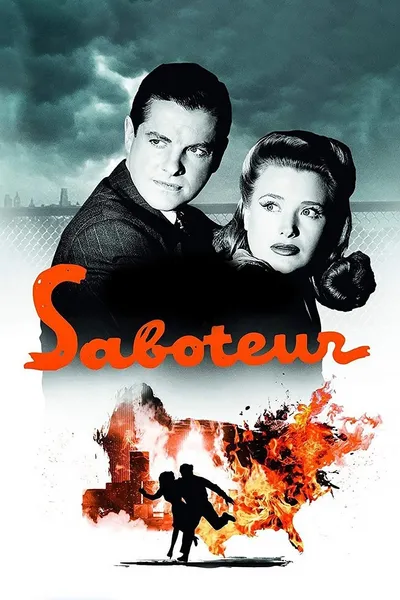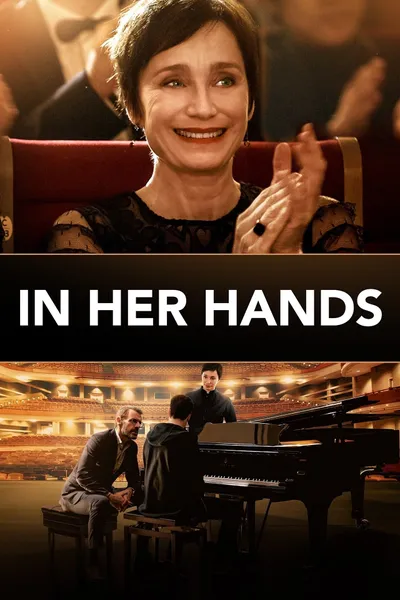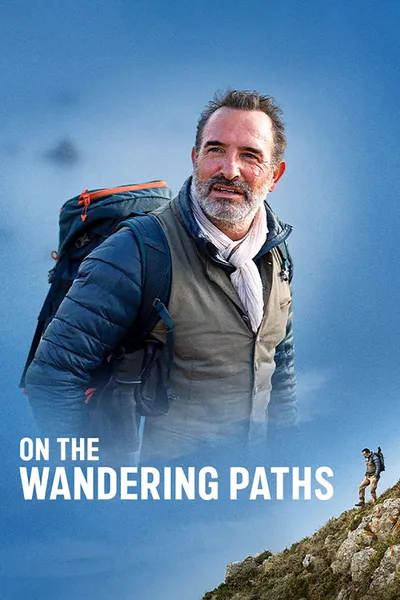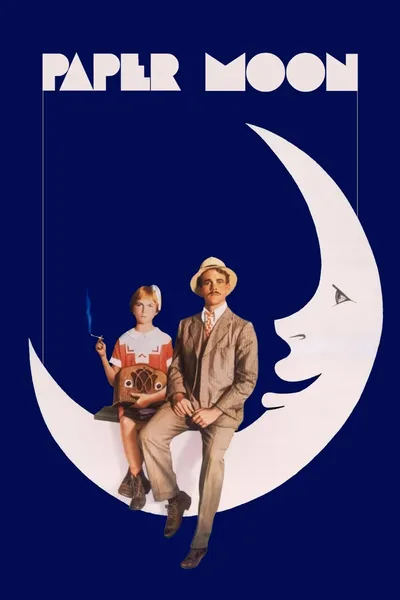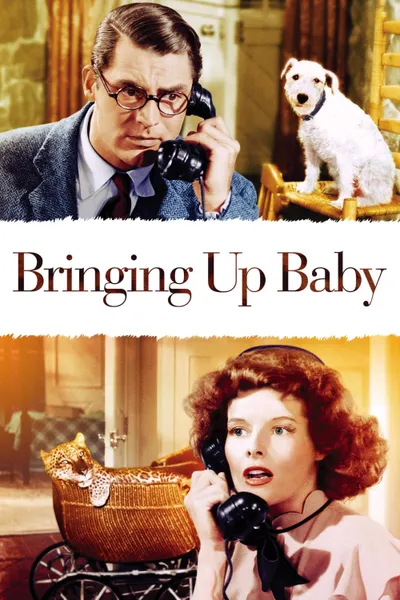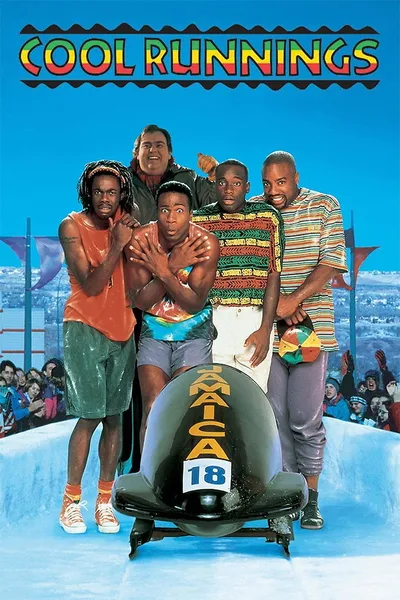Reviews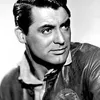
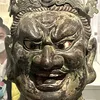

John Chard
August 28, 20149.0
Incredible film-making, bravo for real classics.
What a truly lavish and gorgeous film this is, thematically it pulls the emotions in different directions, and as a story it's as sharp as a tack. Boasting a quite incredible performance from Charles Laughton as the tragic bell ringer Quasimodo (no nomination Academy, are you flipping sure?), and sets that are simply out of this world, this film to me defines classic cinema.
Into the mix we get a radiant Maureen O'Hara as Esmeralda who lights up the screen in every scene she is in, it's a very special performance in view of it being her first lead US turn. However, really the film's triumph lies with its script, a very aware piece of writing encompassing political goings on and the corruption of the church set around the hunchback's tragic love. The make up of Laughton leaves an indelible image when brought into focus with the great detail of the surroundings, and the score is mightily appropriate.
All in all this film cost 2 Million Dollars for RKO Studios, one of their most expensive outlays, but they were rewarded in spades as the film was a monster success and here in the modern day age of cinema the film still stands up as a benchmark for great movie making. 9/10

CinemaSerf
June 22, 20228.0
The is a wonderfully evocative version of the timeless Victor Hugo story of love, desire, cruelty and brutality in 1490's Paris. Charles Laughton turns in a tour de force performance as the physically and mentally disabled "Quasimodo" who is feared, loathed and ridiculed by the local population. When a wandering gypsy girl "Esmerelda" (quite possibly Maureen O'Hara's best ever performance) is found guilty of murder he rescues her and gives her sanctuary in the high bell tower of Notre Dame cathedral. Here she is easy prey for the already infatuated "Frollo" - superby depicted by Sir Cedric Hardwicke. What follows is the stuff of great literature adapted with adroit skill and sympathy by Sonya Levein (screenplay) and directed by William Dieterie. The use of light and shadow, Alfred Newman's nimble score and an authentic set (recreated in California) make this by far the best rendering of this story on film.
Recommendation Movies
To Have and Have Not1945
The Paradine Case1947
Son of Frankenstein1939
Witchfinder General1968
Notre Dame de Paris1998
The Butcher1970
Vitalina Varela2019
Duran Duran: Unstaged2014
Boogeyman 32008
Das Glöcklein unterm Himmelbett1970
Macbeth1971
She Wore a Yellow Ribbon1949
Saboteur1942
In Her Hands2018
Scarface1932
On the Wandering Paths2023
Paper Moon1973
Bringing Up Baby1938
Dead Man1995
Cool Runnings1993
© 2024 MoovieTime. All rights reserved.Made with Nuxt
